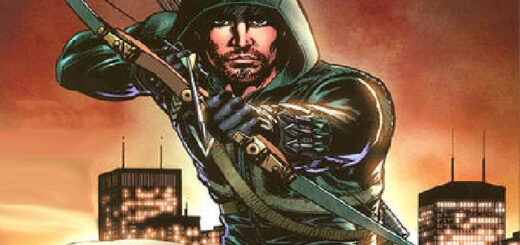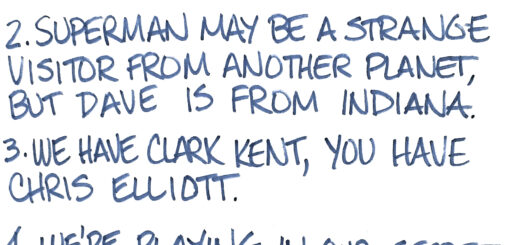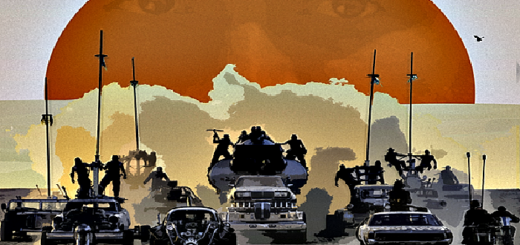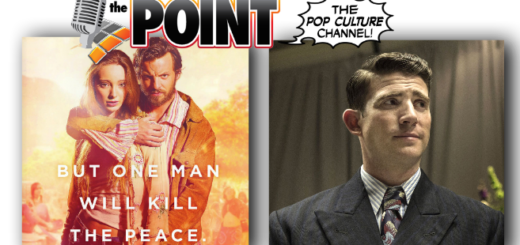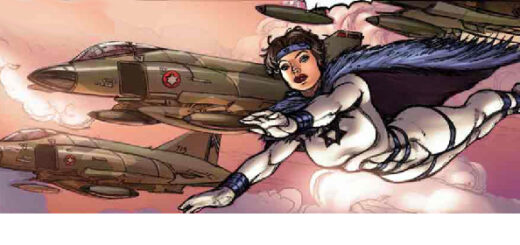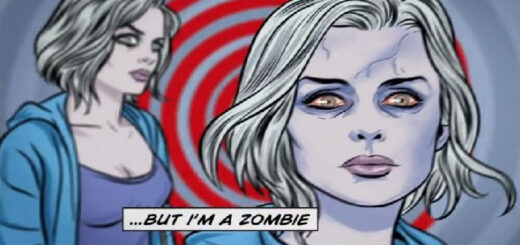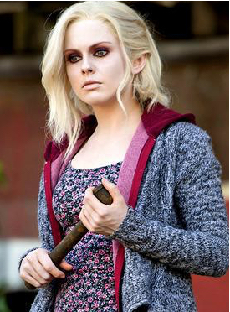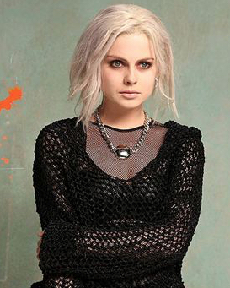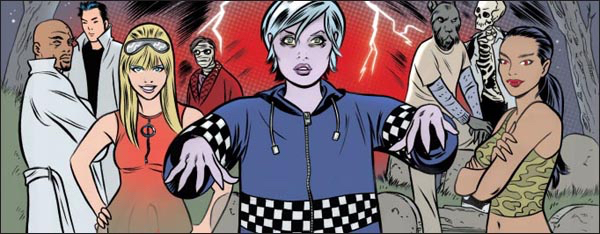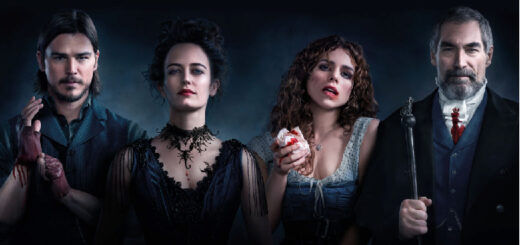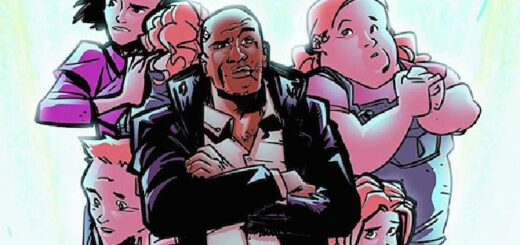So today (Sunday, which is yesterday), Editor Mike sent me a link to a column on The Jewish Daily Forward’s website which asks the question “Do Marvel Movies Have An Anti-Semitic Problem?” – which also happens to be the dumbest article I’ve ever read on their site.
Granted, The Forward – which was born way back in 1867 as a Yiddish language daily newspaper published by dissidents from the Socialist Labor Party – is a left-leaning paper whose heart and soul is the Jewish-American experience, with strong ties to Israel, and its articles are purposely written with that audience as its primary target. And granted, The Forward has not been the only news media outlet that has noted and remarked upon the recent rebirth of overt and increasingly violent anti-Semitism around the globe, especially in Europe. And yes, The Forward should be praised in its unadulterated and unabridged journalism that consistently calls out the perpetrators.
But sometimes the paper looks for boogey-men where no such creatures exist. And in this article, author Susan Mohall is not only trying to lasso the moon but gets critical facts wrong – such as stating that Stan Lee was born in Romania.
Excuse me, Ms. Mohall, but Mr. Lee (born Stanley Martin Lieber) was born on December 28, 1922 in New York City, specifically an apartment house at the corner of West 98th Street and West End Avenue. Our pal Danny Fingeroth, former Marvel Comics editor and writer and author of Disguised as Clark Kent: Jews, Comics, and the Creation of the Superhero and – by the way – co-author of The Stan Lee Universe, confirmed this to Editor Mike.
Susan Mohall apparently takes umbrage at the fact that the Jewish characters of the Marvel movies don’t go around with yellow Stars of David on their clothing identifying them as Jews:
“In the comics, Kitty’s Jewish heritage is extremely important to her. In the movies, her Jewish identity isn’t even mentioned. In “X-Men: Days of Future Past,” which introduces us to Pietro and Wanda – a.k.a. Quicksilver and Scarlet Witch – the omission is even more blatant. The film portrays Wanda as a baby (despite the fact that the two are twins in the comics) and her name is never even mentioned. Quicksilver’s Jewish identity is at least alluded to.
“After rescuing Magneto, Quicksilver implies that Magneto might be his father, but if you don’t already know that, then this moment goes by so quickly that it hardly matters as a relevant part of Quicksilver’s character. Quicksilver’s name was also Westernized from Pietro to Peter in an attempt to erase not only Pietro’s Jewish identity but his Romani identity as well.”
Oh, God, I’m so frustrated and annoyed that I wish that I could write this in all caps!!!! Instead I will use numerous exclamation points to assert my impatience with this idiot!!!!! Susan, my dear woman, the X-Men are mutants!!!! For over 50 years mutants have been Marvel’s superhero stand-ins for every single person who has ever been ostracized from society!!!! Ostracized and abused and tortured and killed for their religion, the color of their skin, their political beliefs, their birthplace!!!!
Ms. Mohall also accuses The Powers That Be behind the Marvel cinematic universe of focusing on Magneto as a Jewish villain:
“The only character in the X-Men franchise whose Jewish identity is ever specifically mentioned and explored is Magneto. In the first X-Men movie we see Magneto being taken away to a concentration camp, and in X-Men: First Class we see Magneto hunting down and killing Nazis. Magneto also uses his own experiences with prejudice as a Jewish man to justify his violent motives. But while Magneto is a well-written and complex character, he is still a villain who murders people and uses his background to justify it. Having another Jewish character to challenge Magneto would have been excellent storytelling. Instead what we get is the erasing of all other characters’ Jewish identities and the only character who is identified as Jewish is our murderous villain.”
Okay here come some more exclamation marks!!!!! My dear Susan, you are beyond words in your ridiculousness!!!! Didn’t you at the least read Exodus?!!!! I’m sorry to have to enlighten you, my dear, but Jews are quite capable of murdering and other quite immoral acts!!!! Please tell me that you have heard of the Irgun!!!! The “paramilitary” organization that splintered away from the Haganah during the Palestinian Mandate (1931 – 1948) and conducted terrorist activities like blowing up the King David Hotel in Jerusalem on July 22, 1946 because it was a base for the British occupation!!!!
You do know that Menachim Begin, signer of the Egyptian-Israeli peace treaty with Anwar Sadat, was a member of the Irgun!!!!! Susan, sweetheart, I guess you never heard of Operation: Wrath of God, in which the Israeli government authorized the Mossad to terminate the perpetrators of the Munich Olympics massacre of Israeli athletes!!!! Steven Spielberg made a movie based on it!!! It’s called Munich!!! I suggest you watch it!!!!
Okay, take a breath, Mindy. Count to 10.
The author also accuses Marvel Studios of “white-washing” HYDRA from its Nazi roots.
“Why is HYDRA’s identity as a Neo-Nazi organization completely sanitized in the movies?…HYDRA originates during World War II as part of the Nazis military. However, Red Skull, the leader of the organization, wants to run things and turns HYDRA into his own terrorist group. But he is never not a Nazi, and HYDRA never abandons Nazi beliefs. From the movies, you would glean that HYDRA just wants totalitarian power. The Nazi part is glossed over. It’s as if the producers are worried about the potential fallout of comparing HYDRA to the Third Reich, which is just so strange, especially since Nazis are the perfect villain. Everyone hates them”
Oh, Susan. I guess you never saw Captain America: The Winter Soldier and you never have watched Marvel’s Agents of S.H.I.E.L.D. HYDRA evolved, my dear. It’s gotten smarter, its adapted, it’s gotten smoother – just as our own rat-fuckers learned from Watergate – but it is certainly is still fascist, and it’s certainly not “shy[ing] away from its Nazi roots.”
And, Ms. Susan Mohall, I would certainly be surprised if you have read The Amazing Adventures of Kavalier and Clay, the 2001 Pulitzer Prize winning novel by Michael Chabon, which tells the (fictionalized) story of the birth of Marvel and the U.S. comics industry, which was 99.9% midwived into life by the sons (and some daughters) of Jewish immigrants.
Including Mr. Stanley Martin Lieber.
And by the way, you forgot to mention Jack Kirby.
Born Jacob Kurtzberg.

